20 Picture-Perfect Drives Across Patagonia’s Wild Landscapes
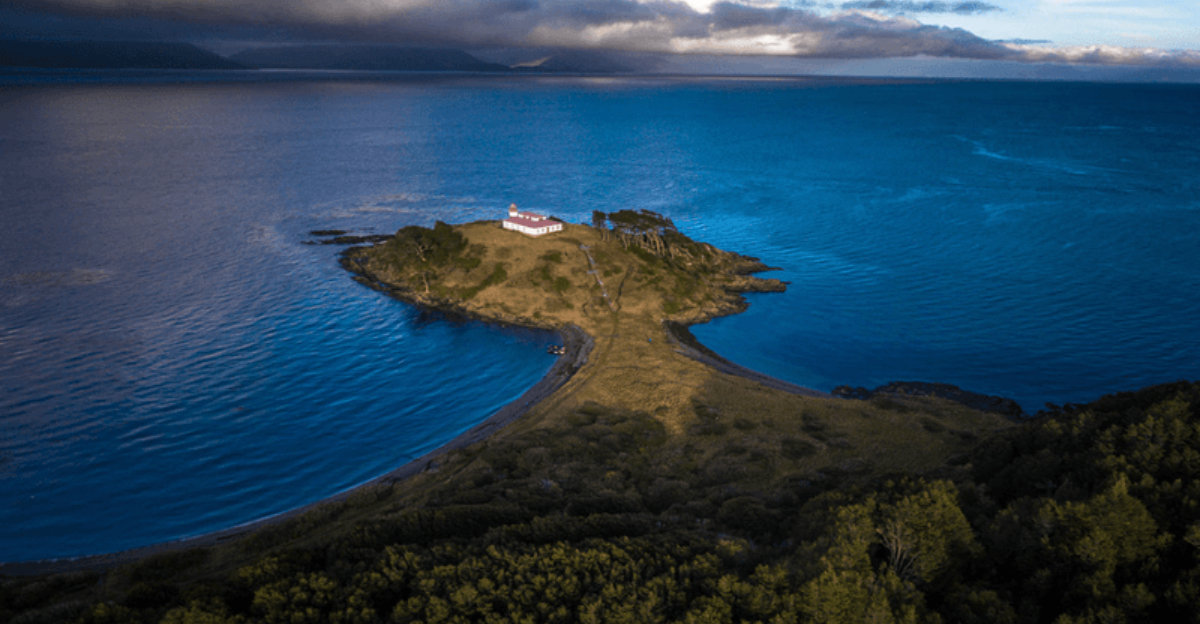
There’s something magical about hitting the road in Patagonia—the freedom, the solitude, the ever-changing landscapes that feel like a dream you never want to end.
Unlike crowded tourist highways, these routes offer raw beauty and authentic encounters with nature, from herds of guanacos to windswept steppe and towering peaks.
Whether you’re chasing glaciers, crossing remote pampas, or following the edge of the Andes, these road trips promise the kind of stories you’ll still be telling years from now. Ready to drive into the wild?
1. Ruta 40 Expedition
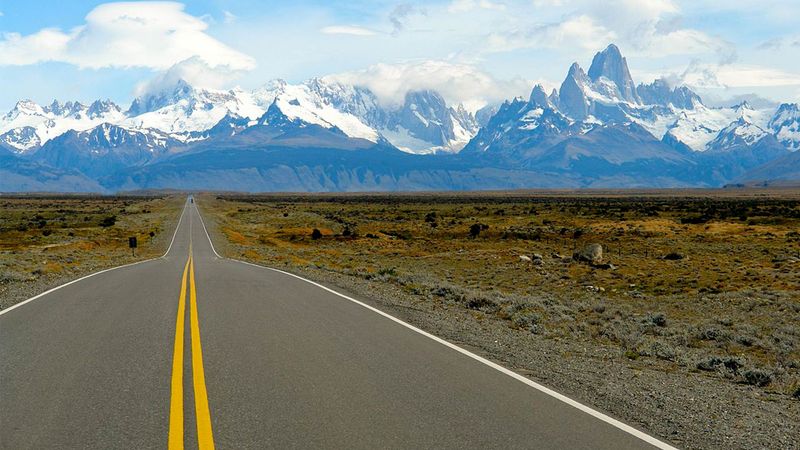
Argentina’s legendary highway stretches like a lifeline through Patagonia’s heart, connecting diverse ecosystems along its 3,000-mile journey. Wind-swept plains suddenly give way to towering Andean peaks as you cruise this iconic route.
I’ve found the section between El Calafate and Bariloche particularly mesmerizing. Here, the road threads between azure lakes and snow-capped mountains with hardly another vehicle in sight.
Gravel sections demand careful driving, but that’s part of the adventure. Pack extra fuel and supplies—gas stations are sometimes hundreds of miles apart on this unforgettable frontier highway.
2. Carretera Austral Beauty
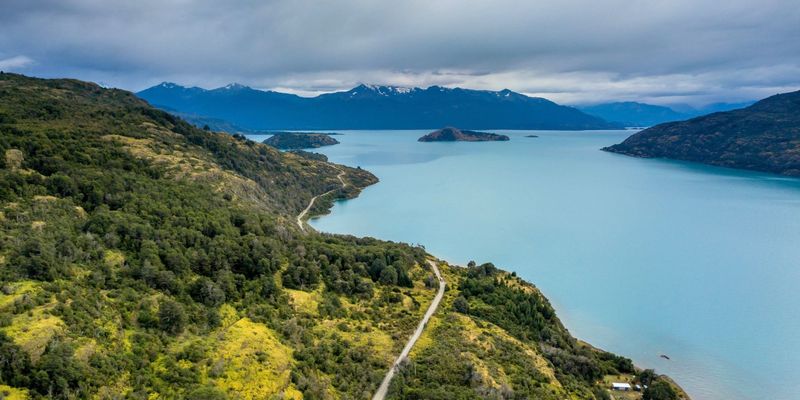
Chile’s Route 7 winds through impossibly green landscapes dotted with hanging glaciers and fjords. This 770-mile marvel wasn’t completed until the 1980s, preserving the pristine wilderness it now reveals to adventurous drivers.
Waterfall chasers will find paradise here—cascades seem to appear around every corner, tumbling from dense forests into crystalline rivers. The road alternates between smooth pavement and challenging gravel stretches.
Ferry crossings add to the journey’s magic, forcing you to slow down and appreciate the surroundings. If time allows, I recommend taking at least a week to fully experience this route’s changing moods and microclimates.
3. El Chaltén Approach Road
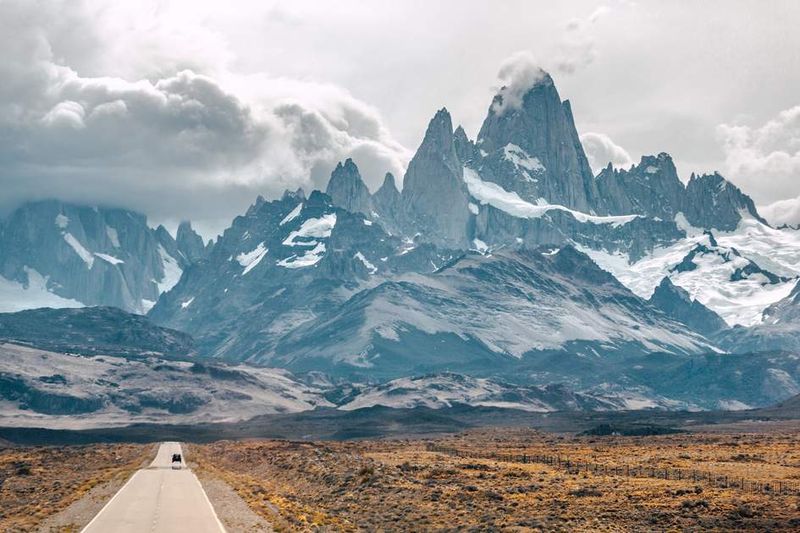
The 135-mile journey from El Calafate to El Chaltén delivers a masterclass in Patagonian drama. Starting in arid steppe lands, the landscape gradually transforms as the iconic spires of Fitz Roy and Cerro Torre emerge on the horizon.
What makes this drive special is the anticipation—with each mile, these legendary peaks grow larger until they dominate your windshield. The final 30 minutes provide the real payoff as you cross Rio de las Vueltas.
Morning drives offer the best lighting when the mountains glow orange and pink. Stop frequently at pullouts to photograph wildlife—I’ve spotted guanacos, foxes, and condors along this relatively short but spectacular route.
4. Tierra del Fuego Loop
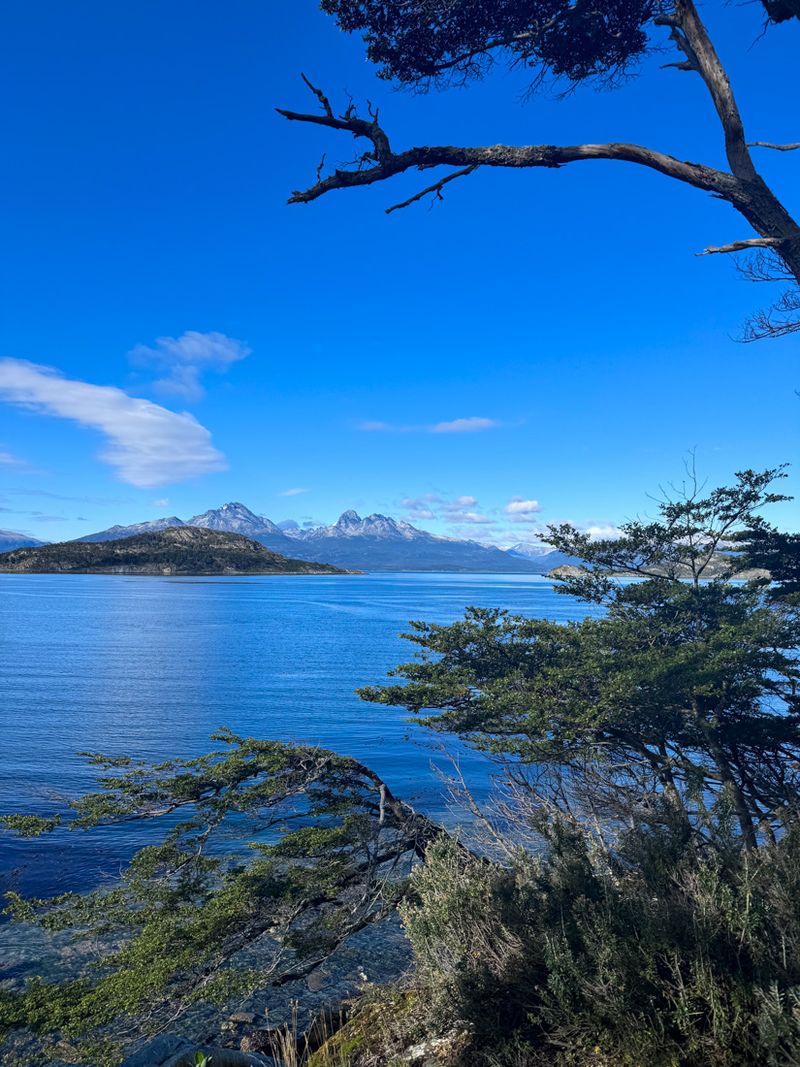
At the very end of the Americas lies this otherworldly circuit through Argentina’s southernmost national park. The loop begins in Ushuaia and follows Route 3 before branching onto smaller roads that hug the Beagle Channel’s northern shore.
Beaver dams, emerald forests, and peat bogs create an atmosphere reminiscent of Scotland—if Scotland had penguins! The road climbs through mountain passes where snow lingers even in summer.
Reaching Lapataia Bay marks your arrival at the literal end of the road in the Americas. This drive packs diverse ecosystems into just 50 miles, making it perfect for those with limited time but unlimited appreciation for wild places.
5. Lago General Carrera Views
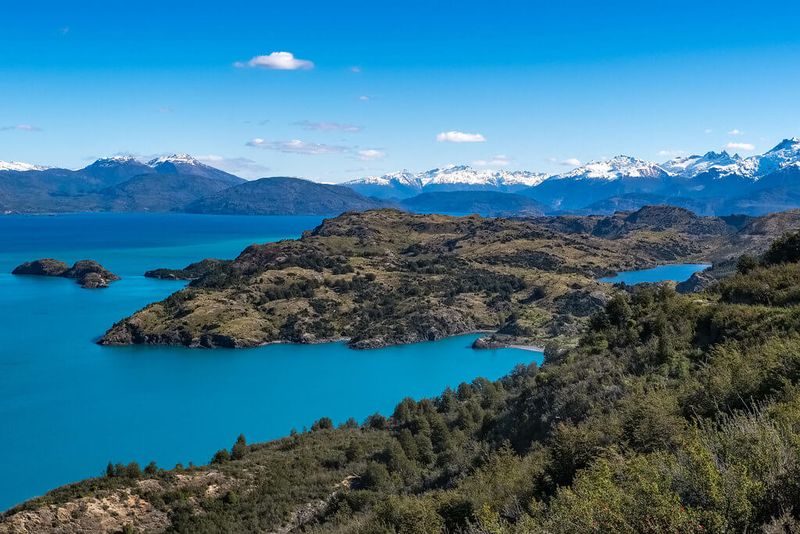
This turquoise marvel straddles the Chile-Argentina border, creating one of Patagonia’s most mesmerizing drives. The Chilean side (where it’s called Lago General Carrera) features a road that clings to steep shorelines, offering non-stop views of water so blue it seems digitally enhanced.
Marble caves punctuate the lake’s northern shores, accessible via short boat trips from Puerto Río Tranquilo. The surrounding hills burst with wildflowers during summer months, creating a stunning contrast against the azure waters.
The road quality varies dramatically, from smooth sections to washboard gravel that rattles your teeth. Yet the scenery more than compensates for any discomfort on this 120-mile lakeside journey.
6. Torres del Paine Circuit
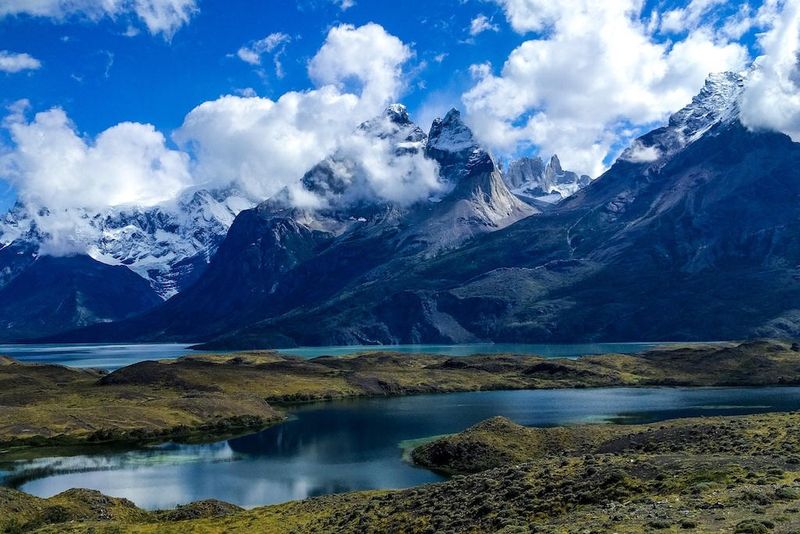
Though relatively short at 70 miles, this loop through Chile’s crown jewel national park delivers enough visual drama for a drive ten times its length. The iconic granite towers that give the park its name remain visible throughout much of the journey, changing character as you circle them.
Wildlife encounters happen frequently—herds of guanacos graze alongside the road while condors soar overhead. The park’s microclimates mean you might experience sunshine, rain, and snow all within an hour’s drive.
Did you know the road was only completed in the 1980s? Before then, these views were accessible only to hardy trekkers. Early morning and evening drives offer the best light for photography and wildlife spotting.
7. Fitz Roy Scenic Route
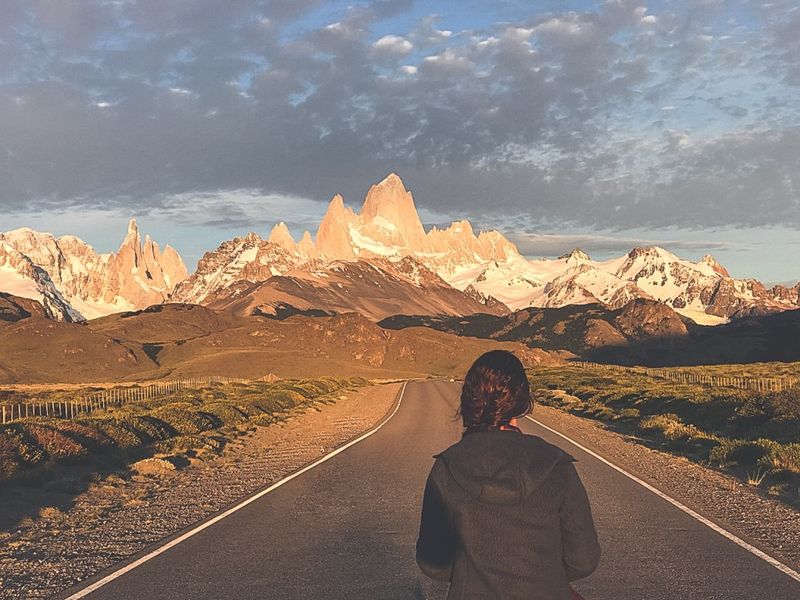
If you’re seeking the quintessential Patagonian mountain backdrop, this 45-mile drive delivers in spades. Connecting the town of Tres Lagos with El Chaltén, the route initially traverses nondescript steppe before delivering its knockout punch.
Around halfway, Fitz Roy’s jagged silhouette appears on the horizon, growing more imposing with each mile. The road runs parallel to the massive Southern Patagonian Ice Field, though it remains hidden behind the mountains.
Unpredictable weather adds to the adventure—I’ve experienced four seasons in a single journey here. The final approach to El Chaltén provides the money shot that graces countless postcards, with the road perfectly aligned with the mountain’s profile.
8. Bahía Bustamante Drive
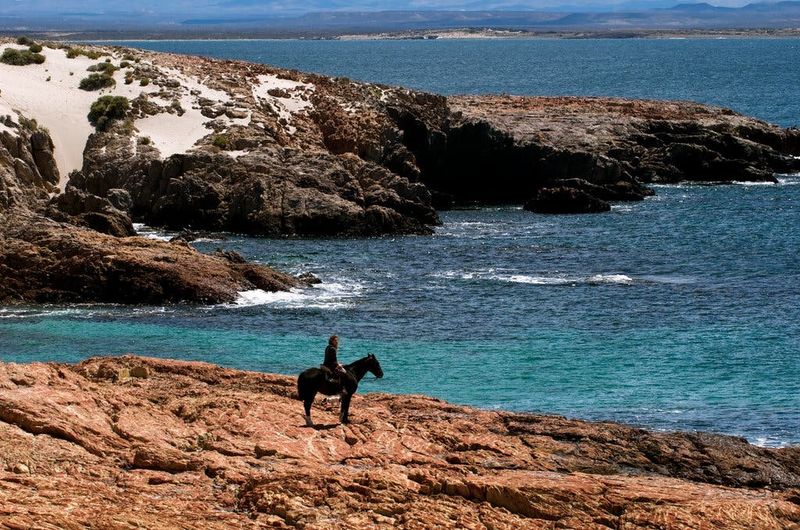
Far from the tourist crowds lies this coastal gem along Argentina’s Atlantic shore. Once a seaweed harvesting settlement, Bahía Bustamante now attracts wildlife enthusiasts exploring its pebbly shores and dramatic cliffs.
The unpaved road hugs the coastline, revealing colonies of sea lions, elephant seals, and Magellanic penguins. Fossilized forests dating back 60 million years punctuate the landscape, creating an almost prehistoric atmosphere.
Wind shapes everything here—from the bent trees to the sculpted rock formations. The 80-mile route between Camarones and Bustamante rewards drivers with splendid isolation and the chance to spot southern right whales breaching offshore between June and December.
9. Lago Roca Stretch

Hidden within Los Glaciares National Park, this short but spectacular drive skirts the shores of Lago Roca with Cerro Fitzroy looming in the distance. At just 12 miles long, it’s perfect for a half-day excursion from El Calafate.
The road ends at an estancia where you can enjoy traditional lamb roasts after your drive. Morning fog often cloaks the lake, creating ethereal scenes as it gradually lifts to reveal mirror-like waters reflecting the surrounding peaks.
Birdwatchers should bring binoculars—the lake attracts flamingos, black-necked swans, and upland geese. The road remains passable year-round, though winter visits offer the special charm of snow-dusted mountains and significantly fewer fellow travelers.
10. Estancia Cristina Trail
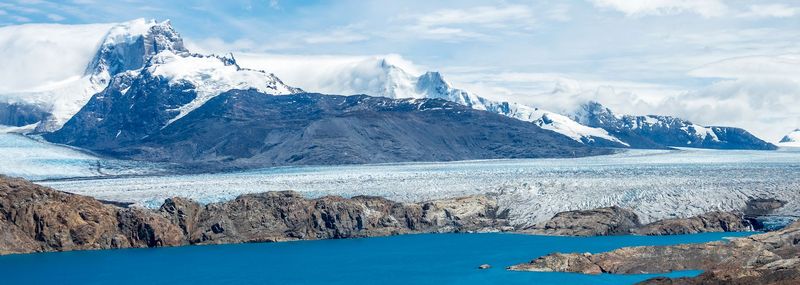
This drive requires advance planning as it’s only accessible via ferry across Lago Argentino, followed by a 4×4 adventure on a private road. Dating back to 1914, Estancia Cristina sits in splendid isolation surrounded by glaciers and towering peaks.
The 9-mile road from the dock to the estancia offers close-up views of Upsala Glacier’s massive ice field. Fossilized marine creatures embedded in the surrounding mountains tell the story of Patagonia’s ancient underwater past.
Weather dictates accessibility—high winds can cancel boat crossings with little notice. When conditions cooperate, this drive delivers an experience of Patagonia few visitors witness, with the glacier’s blue ice contrasting dramatically against the barren mountain landscape.
11. Perito Moreno Access
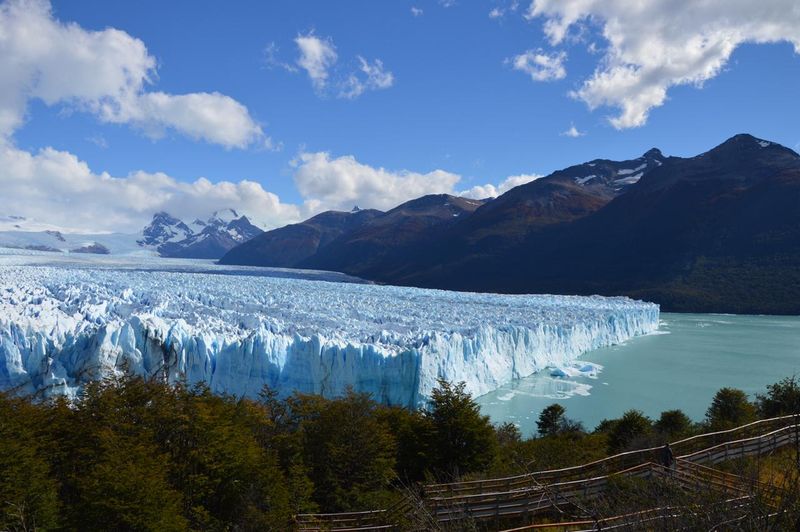
The 50-mile approach to Argentina’s most famous glacier creates anticipation that pays off spectacularly. Beginning in El Calafate, the route winds through increasingly dramatic landscapes before entering Los Glaciares National Park.
Yellow wildflowers blanket the roadside during spring, creating perfect foreground elements for photos of distant mountains. The final miles feature tantalizing glimpses of ice between hills before the full glacier reveals itself.
Though heavily traveled, this road maintains its wild character thanks to strict development limitations within the park. The journey culminates at viewing platforms where you can witness massive ice chunks calving from the glacier—a thunderous spectacle that justifies every mile of the drive.
12. Seno Otway Detour
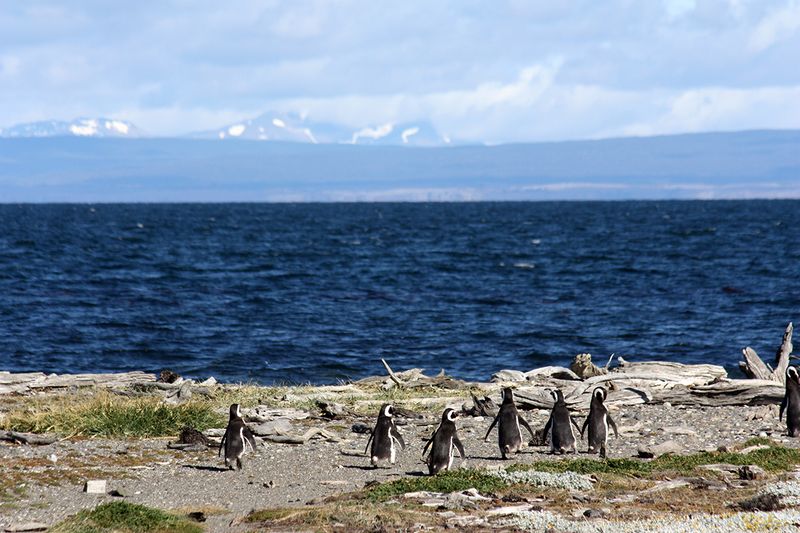
Just 40 miles from Punta Arenas lies this charming coastal detour where Magellanic penguins waddle across the road during breeding season. The gravel track loops around Otway Sound, delivering views across windswept plains to the Strait of Magellan.
Abandoned estancias tell stories of hardy pioneers who settled this remote corner of Chile. The landscape feels almost Scottish with its peat bogs and low, rounded hills swept by constant winds.
Between September and March, penguin colonies become the main attraction as thousands of birds return to their breeding grounds. The 120-mile loop can be completed in a day but deserves longer for wildlife watching and photography at the constantly changing seascape.
13. Puerto Natales Bypass

Connecting Puerto Natales with Torres del Paine, this 50-mile road offers a perfect introduction to Patagonian landscapes. Though many travelers rush this segment, I’ve found it rewards those who take their time with expansive views across Señoret Channel.
Andean condors often ride thermals above the road, their massive wingspans casting shadows on your vehicle. The halfway point features a roadside mirador where Cueva del Milodón reveals its archaeological treasures—including remains of prehistoric giant sloths.
Weather changes rapidly here, with clear skies turning to dramatic storm clouds within minutes. This creates spectacular light conditions that transform the seemingly simple landscape into a photographer’s paradise of shadows and highlights.
14. Calafate to Chaltén
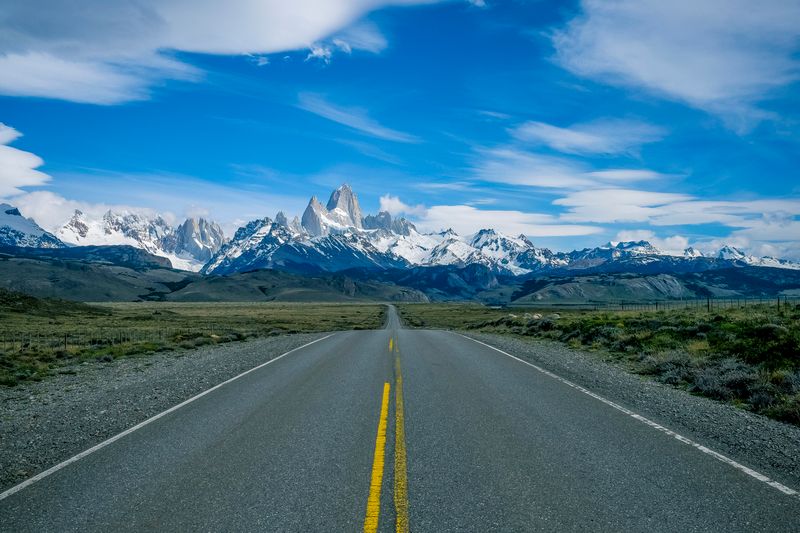
This 135-mile highway connects Patagonia’s two most famous mountain destinations through landscapes that evolve from arid steppe to alpine grandeur. The journey begins in El Calafate’s lakeside setting before climbing into seemingly endless grasslands.
Halfway through, La Leona roadhouse offers a welcome stop where Butch Cassidy and the Sundance Kid once hid during their Patagonian adventures. The road condition improves dramatically after crossing Rio La Leona, with smooth asphalt replacing the earlier rough sections.
About 30 miles from El Chaltén, Mount Fitz Roy appears on the horizon—growing more impressive with each mile. The route’s final stretch runs alongside turquoise Viedma Lake, creating perfect photo opportunities with mountain reflections in calm weather.
15. Valle Chacabuco Crossing
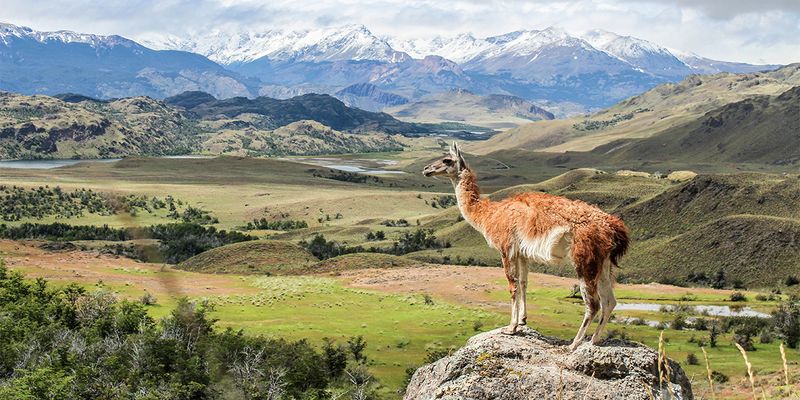
This relatively new route through Patagonia National Park represents one of conservation’s greatest success stories. Once overgrazed ranchland, the valley has been rewilded through the efforts of Tompkins Conservation, with native species returning in remarkable numbers.
The 70-mile gravel road connects Chile’s Carretera Austral with Argentina’s Route 40. Guanacos graze alongside the road while huemul deer—Chile’s endangered national animal—sometimes appear in forested sections.
Mountains rise dramatically on both sides of the broad valley, creating a landscape reminiscent of Wyoming’s Grand Tetons but with a distinctly Patagonian character. The route passes the park’s headquarters at the former Estancia Valle Chacabuco, where you can learn about this remarkable ecological restoration project.
16. Queulat Hanging Glacier Route

Northern Patagonia reveals its temperate rainforest character along this moss-draped section of the Carretera Austral. The 20-mile approach to Queulat National Park winds through some of Chile’s most lush landscapes, where waterfalls seem to appear every few hundred yards.
The road hugs cliffs above the turquoise Puyuhuapi Channel, with frequent pullouts offering views across the fjord. Massive ferns and ancient alerce trees create a prehistoric atmosphere, especially when morning mist clings to the valleys.
The journey culminates at the park entrance, where a short hike leads to views of the hanging glacier that appears suspended in mid-air above a vertical rock face. This route experiences extremely heavy rainfall, making summer (December-February) the most reliable time to visit.
17. Los Antiguos Lake Drive
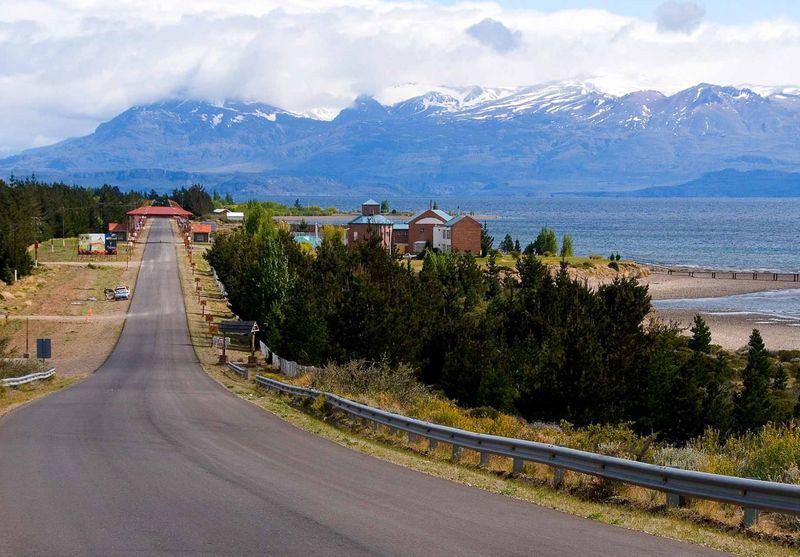
If you crave color in your Patagonian adventure, this 40-mile lakeside route delivers with its fruit orchards and azure waters. The road traces the northern shore of Lake Buenos Aires (called Lago General Carrera on the Chilean side), connecting the border town of Los Antiguos with the remote settlement of Perito Moreno.
Cherry and apple orchards line the route, creating spectacular pink and white blossoms during spring. The lake’s striking blue color results from glacial sediment, forming a perfect contrast with the arid hills rising from the opposite shore.
This microclimate produces some of Patagonia’s mildest weather, making it accessible year-round. Stop at roadside stands to purchase locally-produced jams and ciders—perfect souvenirs from this fertile corner of otherwise harsh Patagonia.
18. Parque Patagonia Pass
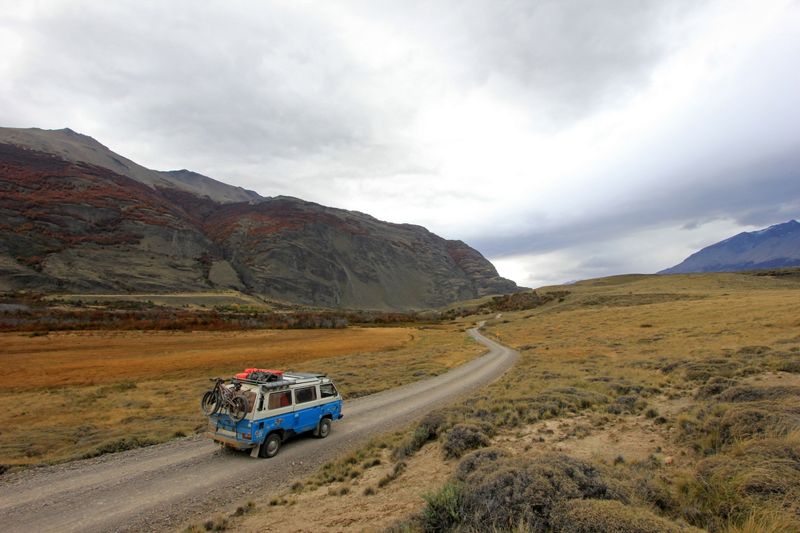
Few roads capture Patagonia’s transition from Argentina’s arid steppe to Chile’s lush valleys better than this remote mountain pass. Recently improved as part of the new Patagonia National Park development, this 60-mile route crosses through landscapes that feel utterly primeval.
The eastern approach climbs gradually through increasingly barren terrain before cresting at Paso Roballos. From there, the descent into Chile delivers ever-greener vistas as the influence of Pacific rainfall becomes evident.
Border formalities happen at simple outposts staffed by friendly officials unaccustomed to heavy traffic. Wildlife thrives in this sparsely populated region—keep watch for pumas and the Andean cat, one of South America’s most elusive feline species.
19. Punta Arenas Coastal Run
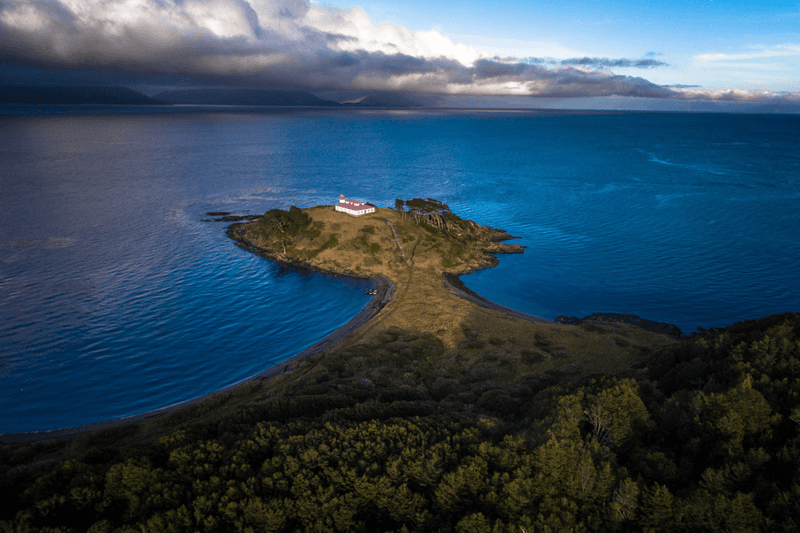
This windswept route follows the Strait of Magellan shore, delivering powerful connections to maritime history and wildlife. Beginning in Punta Arenas, Chile’s southernmost city, the road heads north along exposed coastline where shipwrecks once were commonplace.
Historic lighthouses punctuate the journey, including the distinctive San Isidro beacon operating since 1904. Between November and March, migrating whales frequently appear offshore—sometimes close enough to spot from your vehicle.
The road condition varies dramatically with weather, becoming particularly challenging after heavy rains. When wind whips the strait into a frenzy, you’ll understand why early sailors feared this passage. Yet on calm days, the peaceful waters belie their treacherous reputation in this 70-mile coastal adventure.
20. Cueva de las Manos Road

History and geology collide along this remote route to one of South America’s most significant archaeological sites. The 47-mile approach from the town of Perito Moreno follows the winding course of the Pinturas River through a dramatic canyon.
Multicolored rock layers tell the geological story of Patagonia’s formation, while condors nest in the highest cliffs. The journey culminates at Cueva de las Manos (Cave of Hands), where 9,000-year-old handprints stenciled in red ochre cover cave walls.
Though recently improved, the road remains challenging after rain. The stark beauty of this landscape hasn’t changed since those ancient artists left their marks, creating a profound connection across millennia for modern travelers willing to venture off the beaten path.
